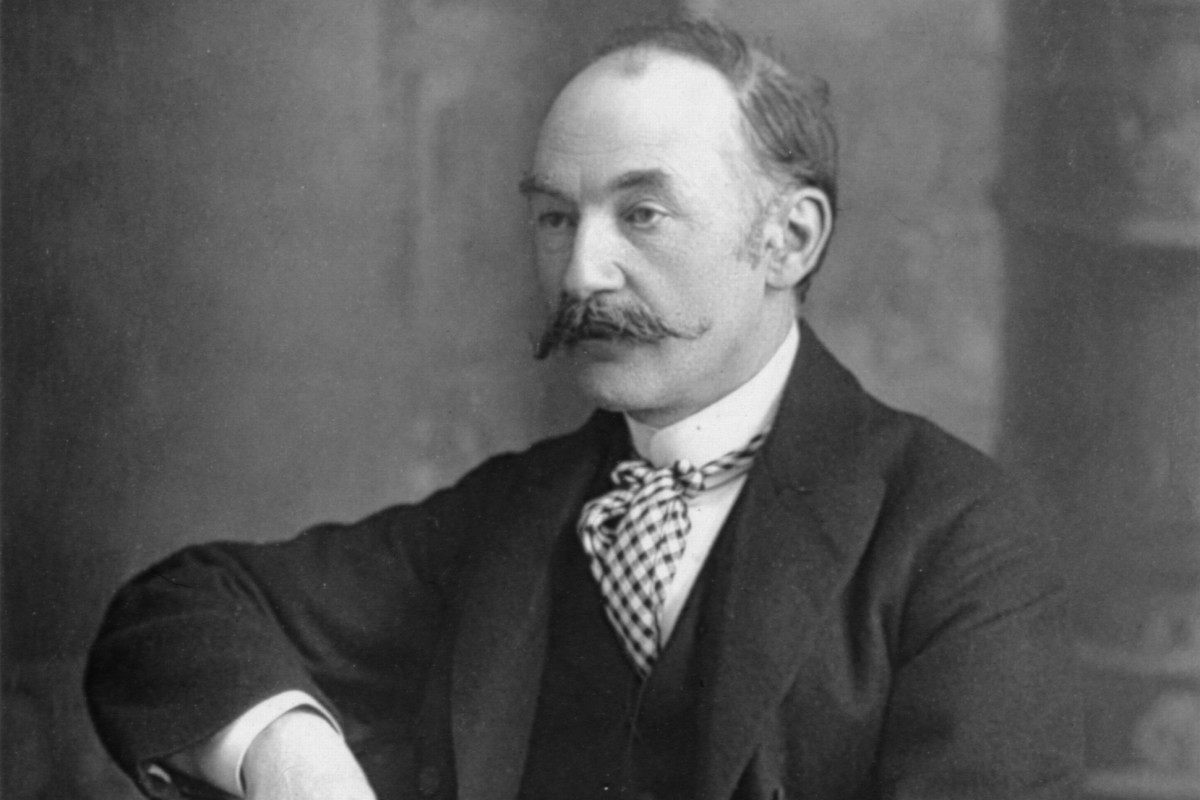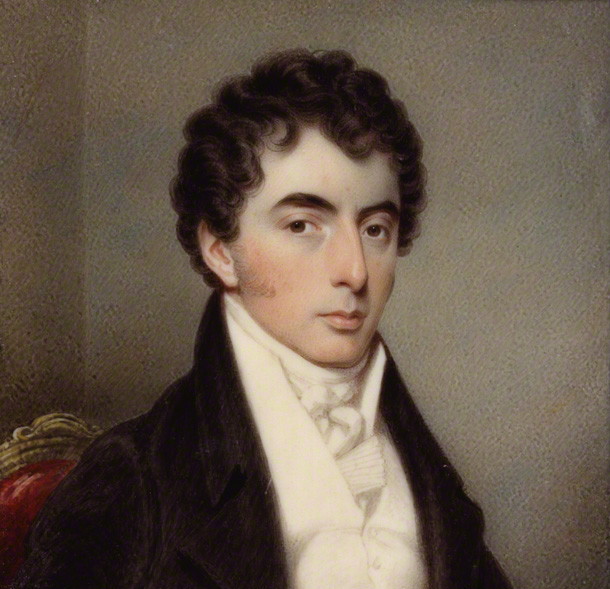About Emily Dickinson: Emily Dickinson was born in 1830, in the town of Amherst, Massachusetts. Though her family was well connected and though her father took active participation in both state and national politics, Dickinson seldom left her home. The number of visitors was few, but they had a huge impact on her life and her poetry. Of note is Reverend Charles Wadsworth, whose departure is believed to have given rise to heartsick poetry. By the 1860s she lived in almost complete isolation. Her work was not recognized during her lifetime, but the publication of her poems posthumously gained her a large recognition and reputation. She died in 1886, aged 55.
About I Dwell In Possibility: ‘I Dwell in Possibility’ is a reflection of how Emily Dickinson feels about poetry and her vocation as poet. She portrays the extent of her love for poetry through an ample use of metaphors and imagery throughout. This poem is as deep as a poem gets and more, as you will soon find out.
Setting of the poem: The poem is the poet’s thoughts. Though the vivid imagery in this takes us into the open, it is still all in the poetess’s mind.
Poetic Devices in I Dwell in Possibility
Metaphors: We see an extended use of a single metaphor throughout. ‘A fairer House’ in Line 2 of the first stanza refers to ‘Poetry’. The use of ‘Chambers’ in Line 1 of Stanza 2 and ‘Roof’ in Line 3 of the same, are the extensions.
Imagery: The poetess shows her exact impression of poetry in her mind with the help of the above metaphor throughout, supplied by ample and vivid imagery. From the above two lines, we see poetry as a house with numerous doors and windows. In Stanza 2, we imagine ourselves in a room of Cedars, and looking up we see the distant sky as the roof. More on this in the analysis section.
“More numerous of Windows-
Superior – for Doors”
Simile: The chambers or rooms of the house are said to be similar to Cedars, which are trees, often seen in Biblical texts as holy.
“Of Chambers as the Cedars – “
Assonance: The poem is ladled with assonances. The a’s and e’s in ‘Chambers’, ’Cedars’ and ‘Impregnable’ in Stanza 2 and all the short i’s, s’s and t’s in ‘Visitors’, ‘fairest’ and ‘This’ in Stanza 3 are the examples of use of assonances.
Stanza: The poem comprises of 3 stanzas each of 4 lines.
Paradox: The poetess is describing poetry as something boundless, something which has no end. But she begins by comparing it to a house, which is usually defined by walls and roof and boundaries. The paradox doesn’t end here. In Line 2 of stanza 2, she says the ‘chambers’ are impregnable to the eye. But she also says in stanza 1, that there were more windows and doors to the house. The implications here are deep and will be discussed in the analysis section.
I Dwell in Possibility Summary
The poetess says she lives in possibility. We assume possibility here means poetry. She says poetry is a house fairer than prose. Poetry has more windows and more doors when compared to prose. The house is a metaphor for poetry. She says the rooms of the house are made of cedars, a kind of tree. These rooms are unseen to the eye. The roof of the house is said to be the roof of the sky. In this way, she is saying the roof to be everlasting and boundless.
The visitors to the house, presumably the readers of poems, are said to be the fairest. She says her occupation to be – This -. This here refers to the poem which we’re analyzing. The poetess is spreading her narrow hands to gather the limitless happiness, the paradise, which is within a poem.
I Dwell in Possibility Analysis
Line 1 of the first stanza says ‘Possibility’ which is a reference to poem or poetry. Poetry is said to be a fairer house than prose. Poetry is said to have more windows and more doors. By this, the poetess means to say that there are more ways of comprehending poetry than prose. There is more number of inlets, more ways of interpreting in poetry. There is an emphasis placed on ‘Doors’. This can be due to the fact that a way into a house is usually the doors, due to their larger size compared to windows.
The rooms of the house are said to be made of cedars. Cedar is a kind of tree which has some importance in the Biblical text. Emily Dickinson, the poetess often uses Biblical text as her reference. And in the Bible, the cedar is used to construct holy buildings. Maybe the poetess is saying the house is something holy. In the next line, she says the rooms are ‘impregnable’ to the eye. But this contradicts the whole point she is making up till now. By saying poetry has more doors and windows, she is giving more room to look into the house. But now, she negates it by saying the rooms are unseen by the eye. Maybe the point she is trying to make here is that poetry is not understood by sight but by the mind. The true meaning of poetry can only be looked through by the mind.
The paradox continues with her describing the roof of the house as ‘the gambrels’ of the sky. So she is saying poetry is a house, which encompasses everything. This makes certain sense when we think of how deep a meaning is put into a mere 8-12 line of poetry.
The visitors of the house, the readers are also said to be the fairest. And her occupation, poetry is described as spreading her hands to gather paradise. There is again a paradox here. Maybe it is more of an irony. The hands are described as narrow and these hands are spread wide, to gather paradise, which is infinite. Again, this makes sense considering the boundless intent within a poem, the numerous ways of interpreting it and understanding it.
Central Idea of the Poem: The poem shows the poetess’ devotion and love for poetry. Poetry is supreme in her mind, more supreme than any other form of literature. Poetry is a small bundle of lines with an infinite intent. This is the idea that the poetess is trying to convey throughout the poem.
Tone of the poem: The poem has adoration and wonder underlying every line. The way the poetess views poetry can only be said to be similar to that of how a devotee views God; full of love. The undertones of love are seen in every line and word of the poem.
Conclusion: ‘I Dwell in Possibility’ is a valentine to poetry from Emily Dickinson. To her, poetry is something boundless, something infinite, something which has numerous ways of viewing, and hence, something which has numerous ways of interpreting and understanding. Poetry is something which is not read by the eye, but by the mind. It is powerful. It allows us to reach for things beyond rational thought; it allows us to escape, to enjoy pleasures and experience feelings, which are otherwise hard to find. As said in the starting line of the poem, poetry is all about possibilities.
Some online learning platforms provide certifications, while others are designed to simply grow your skills in your personal and professional life. Including Masterclass and Coursera, here are our recommendations for the best online learning platforms you can sign up for today.
The 7 Best Online Learning Platforms of 2022
- Best Overall: Coursera
- Best for Niche Topics: Udemy
- Best for Creative Fields: Skillshare
- Best for Celebrity Lessons: MasterClass
- Best for STEM: EdX
- Best for Career Building: Udacity
- Best for Data Learning: Pluralsight















